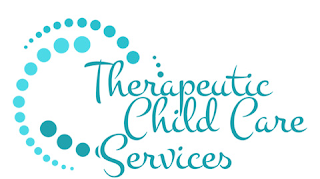Youth Development at Rhode Island College opens endless doors to opportunities with youth in our society in multiple ways. This program consists of three different majors into one; Teaching, Social Work and Nonprofit Studies. This major lets you have a little glimpse of everything without giving up something else. Being able to work in either administrative, face to face or both helps to open opportunities especially for your internship. In your final year you are required to do 180 hours of internship of your choosing. It doesn't just start there, in classes prior to this you are presented with the opportunity to work one on one with you with a total of 45 hours between two education classes. Having opportunities to work with you helps to getting yourself ready and helping you to become mindful of where YOU see YOURSELF as a youth worker.
 Rhode Island College is the ONLY college in RI to currently offer a Youth Development Program. This program is perfect for those who do not want to work with youth in a traditional school setting and guide youth to embrace their dreams. YDEV helps youth to also understand and create the concept of community with his or her peers along with us youth workers. As a youth worker we ourselves learn what it means to be apart of a supporting and creative community as well as creating new toolbox activities, implementing safe spaces and finding a passion within your career.
Rhode Island College is the ONLY college in RI to currently offer a Youth Development Program. This program is perfect for those who do not want to work with youth in a traditional school setting and guide youth to embrace their dreams. YDEV helps youth to also understand and create the concept of community with his or her peers along with us youth workers. As a youth worker we ourselves learn what it means to be apart of a supporting and creative community as well as creating new toolbox activities, implementing safe spaces and finding a passion within your career.
Youth deserve any chances that we give to them to flourish in programs other than a typical school day, then this is the program for you.





















